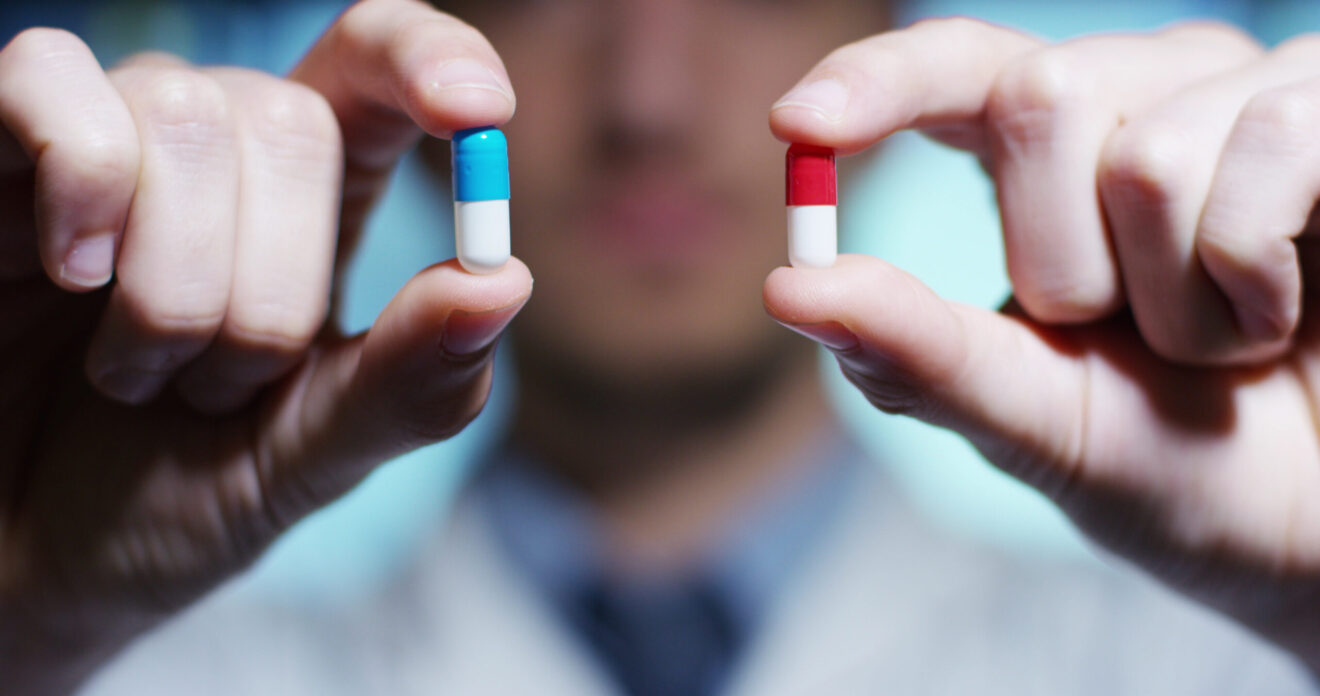This post is sponsored by Blazing Dawn Software.
FDA generic drug approvals are spiking, and that trend is expected to continue. Companies that want to be first to market need to put together a solid ANDA application quickly, and fast access to patent data is a critical part of that. SmartBrief spoke with pharmaceutical patent attorney and Orange Book Companion Editor Bruce Pokras on how generic-drug firms can best prepare to get to market.
The FDA approved a record-setting 971 generic drugs in fiscal 2018 and recently issued draft guidance expected to speed generic approvals. What trends do you foresee in 2019?
Most signs point to continued growth in the approval of generic drugs. However, these 971 approvals are not all the first generic approval of an innovator drug. That is why you may hear complaints from the FDA about approved generics not being marketed. After getting approval, a company may find the market competition to be so intense that it is not worth the effort to launch immediately, if at all.
How can generic-drug firms get an edge on reaching the market faster?
It’s all in the preparation. If the generic-drug firm wants at least a share of the 180-day exclusivity that is available to a first ANDA filer, it must submit a substantially complete ANDA on the fourth anniversary of the innovator drug’s approval. Four years is not a lot of time to have everything ready to go, including their strategy for all of the Orange Book-listed patents. Having a source of information that enhances what is available from the FDA’s Electronic Orange Book (“EOB”) could be very helpful.
What are some things companies struggle with in terms of access to patent data?
Going back and forth between the FDA’s EOB and the USPTO one patent at a time can be laborious. On top of that, the EOB contains a separate patent table for each strength of a drug, so a researcher must study all of those separate tables to ensure there are no differences in the patents listed.
It is best for a researcher to have more than just a patent number, and to have a more specific description of the types of claims that are in a listed patent than the EOB provides. The EOB gives a very broad general indicator, such as “drug product.” That term is used to cover very diverse subject matter, from a formulation of a drug to an electronic part of a drug-delivery device. A researcher who sees more information before seeing the patent itself is ahead of the game.
What trends are you seeing in the brand-name pharma space and how does the Orange Book Companion help innovator companies address those?
Innovator drug companies these days are rarely without drug-drug competition and their patent attorneys often need to review and summarize the patent situation for a competing drug. I originally created the Orange Book Companion (“OBC”) to make that process more efficient for my own work at Pharmacia.
In its first version, it was simply a list of Orange Book information with the patent number linking to the patent at the USPTO. That saved users from having to go to the FDA’s EOB to write down the patent numbers, and then go to the USPTO site to find them. The OBC further simplified things by combining the patent and exclusivity information for all strengths of a drug into a single table when such information was identical. That eliminated the need to study four separate tables when the drug is approved in four strengths.
The current version of the OBC provides a lot of information that the FDA’s EOB does not. Patents that have received patent term restoration under the Hatch-Waxman Act are noted, and the length of the extension is shown. This provides an indication that the NDA holder regards the patent as extremely important. The title of each patent is shown, which is especially useful to the NDA holder if there is a typo in the patent number that results in a very non-pharmaceutical title like “Windshield wiper bracket” (that really happened!). Further, the types of claims in each patent are described using my list of 19 different categories.
All of this information provides innovators with key competitive intelligence while saving significant time and effort.
The Orange Book Companion contains extensive patent and market exclusivity information for FDA-approved drugs. It combines information from six different sources to provide the most comprehensive, easy-to-follow companion to the FDA’s Orange Book. More information is available at orangebookcompanion.com.
